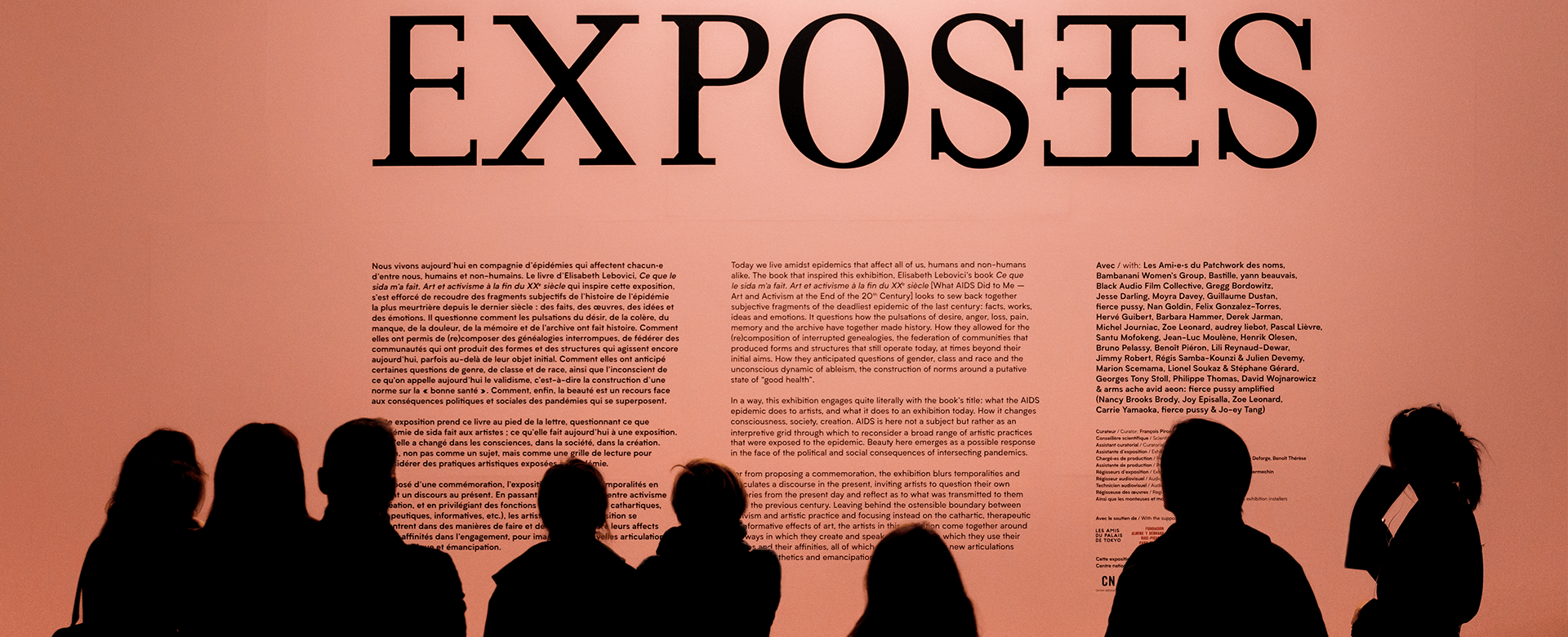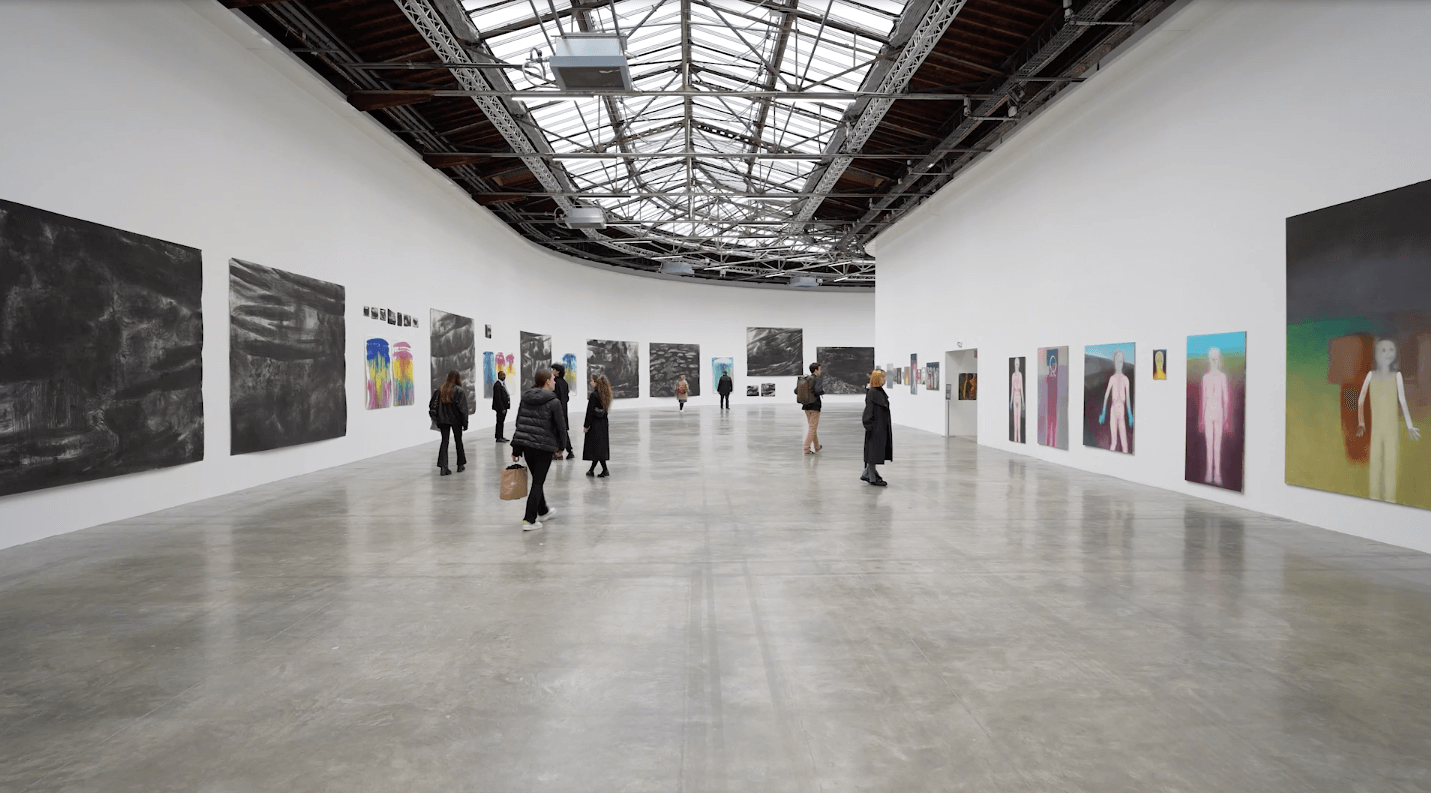SEARCH THE ENTIRE SITE
Queer theory
Born in the United States, queer theory is a current of activist thought that analyzes and deconstructs gender and sexuality beyond binary thinking. Its emergence in the 1980s and 1990s coincided with the emergency of the HIV/AIDS epidemic, a period in which the intersection of theory and activism gave rise to new forms of activism. The reappropriation of the slur “queer”, which means “weird, twisted, fucked up, faggot”, expresses a refusal of the norms and the normative system. The feminist anthropologist Gayle Rubin published the first text of queer theory, Thinking Sex, in 1984. This was followed by Judith Butler’s Gender Trouble (1989), Eve Kosofsky Sedgwick’s Epistemology of the Closet (1990) and Teresa de Lauretis’ introduction to the issue of differences magazine devoted to queer theory (1991). These four authors form the first generation of queer theorists. It should be noted that as early as 1981, the Chicana feminist author Gloria Anzaldúa reappropriated the term “queer” in her essay La Prieta, 1981.




